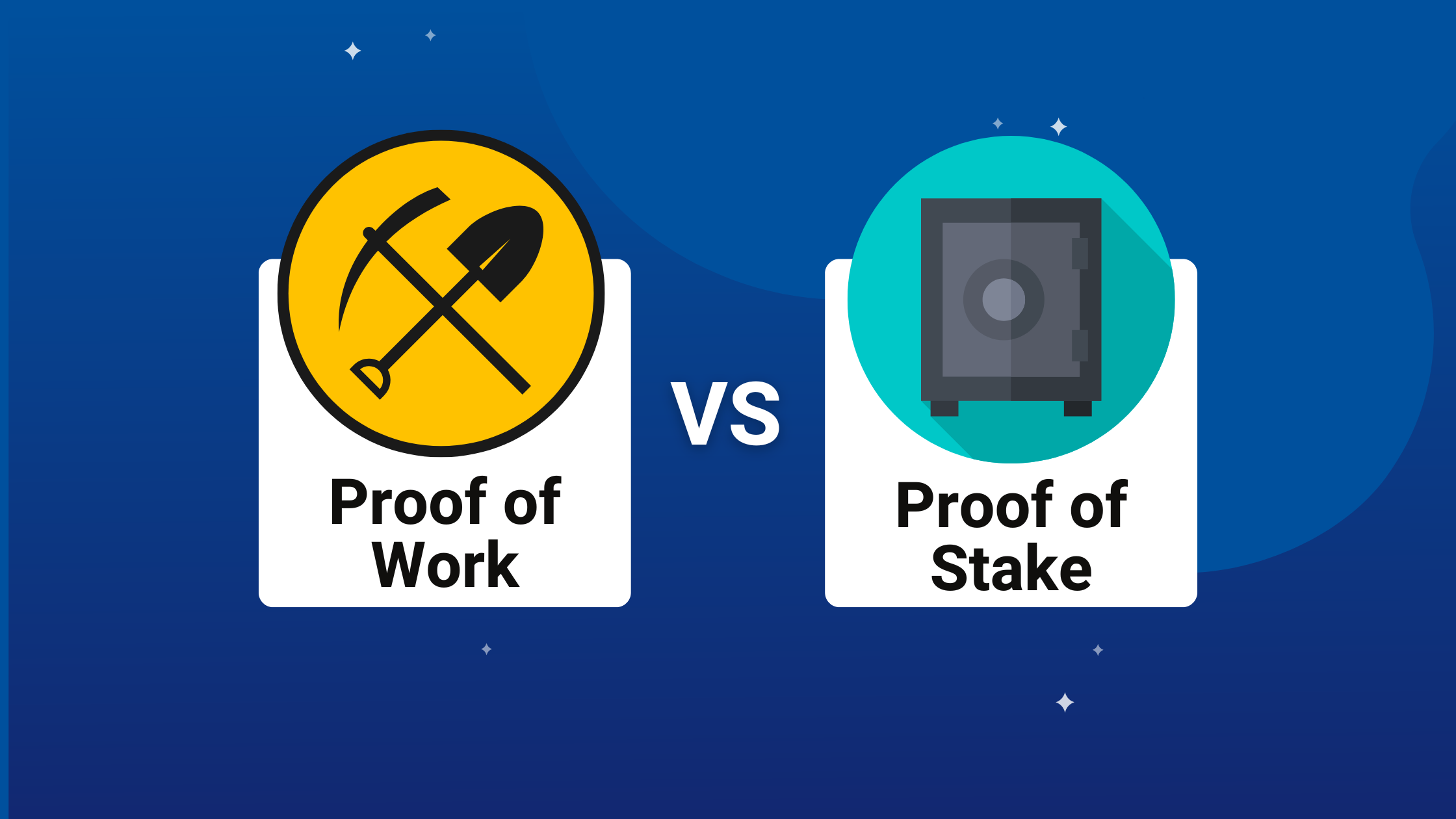For those looking to understand the foundational principles of the cryptocurrency ecosystem, having a solid grasp of the protocol used to achieve agreement among participants is crucial. The method in question ensures that transactions are recorded in a transparent and immutable manner. By implementing a proof-of-work mechanism, this system rewards miners who successfully validate blocks, ultimately driving network security.
By requiring computational effort, it protects against manipulation and ensures that dishonest actors face significant costs. This creates a robust economic incentive structure that aligns individual motivations with the network’s integrity. Each new block added to the chain includes a reference to the previous one, forming a continuous chain that confirms the chronological order of transactions.
Moreover, the decentralized nature of this approach prevents any single entity from gaining control over the network. Slight alterations in transaction history require monumental computational resources, safeguarding against fraudulent activities. Understanding the dynamics of this mechanism allows users to appreciate why this protocol has become a keystone of trust in a primarily trustless environment.
How Nakamoto Consensus Achieves Network Security
A peer-to-peer network fortifies its integrity by employing proof-of-work protocols that require participants to solve complex mathematical puzzles. This process ensures that only those willing to invest computational resources can validate transactions, making fraudulent activities costly and unfeasible.
By utilizing a distributed ledger, where every participant maintains a copy of the entire transaction history, the system inherently resists attempts to manipulate records. Any alteration would necessitate the simultaneous modification of all copies of the ledger, an impractical feat given the network size.
Additionally, the difficulty adjustment mechanism plays a pivotal role in maintaining security. It dynamically calibrates the challenge of mining new blocks, ensuring that the average block creation time remains consistent. This prevents any single entity from gaining a disproportionate influence over the network and discourages attacks aimed at overwhelming the system with false blocks.
The economic incentives tied to the mining process enhance trustworthiness. Miners, driven by rewards and transaction fees, prioritize maintaining system integrity as their profits depend on it. When actors follow the established rules, they contribute to a stable and secure environment.
Moreover, the implementation of a majority control rule deters malicious actors. An attacker would require more computational power than the rest of the network combined to successfully execute an attack. The decentralized structure ensures that achieving such dominance is exceedingly difficult and economically impractical.
In conclusion, the combination of computational challenges, distributed consensus, dynamic adjustments, economic incentives, and majority rules collectively fortifies the security of the network, ensuring its resilience against attacks and manipulation.
The Role of Proof of Work in Transaction Validation
Proof of Work serves as a cornerstone in the validation of transactions within the blockchain framework. This mechanism establishes a reliable procedure for confirming and adding transactions to a shared ledger while simultaneously deterring fraudulent activity.
The primary function of Proof of Work lies in requiring participants, known as miners, to solve complex mathematical problems. This cryptographic challenge demands significant computational resources, ensuring that only those who invest time and energy can create new blocks. Each successful solution validates a set of transactions, effectively linking them to previous blocks and securing the entire chain.
This process prevents double spending, as altering any transaction would necessitate redoing the work for all subsequent blocks, making fraudulent changes computationally impractical. Therefore, only the miner who solves the problem first gets the reward, creating a direct financial incentive to act honestly. The competitive nature of mining fosters a transparent environment where collusion becomes less viable.
Moreover, the difficulty of the mathematical tasks can be adjusted, stabilizing the rate at which new blocks are added. This adaptive complexity helps maintain consistent transaction processing times despite fluctuations in network participation. As more miners join, the difficulty increases, ensuring that the network remains efficient and secure.
Ultimately, Proof of Work not only validates transactions but also upholds the integrity of the entire network. It binds the community through mutual economic interest while simultaneously safeguarding against malicious behaviors.
Impact of Block Size on Consensus Efficiency
Increasing the block size limits transaction throughput but can reduce the speed at which nodes reach agreement. Larger blocks require more bandwidth and storage, leading to potential delays in propagation times. This can give an advantage to more powerful nodes, as they can more quickly verify and relay information, creating centralization risks. Keeping block size to manageable levels ensures that a larger number of participants can contribute to the validation process, fostering a more decentralized network.
Transaction Confirmation Times
Smaller block sizes typically result in faster confirmation times due to reduced competition among transactions for inclusion in a block. If block size is too large, it can lead to increased latency, as transactions take longer to fill blocks. Maintaining an optimal size helps balance speed and capacity, which is critical during periods of high transaction volume.
Network Resilience
A modest block size promotes resilience against attacks and enhances overall network stability. When blocks are excessively large, the risk of orphaned blocks increases, which can hinder the overall sync process and decrease network reliability. Limiting block size can lead to a more stable and inclusive network where smaller nodes remain viable participants, keeping system integrity intact.
Comparing Nakamoto Consensus with Other Consensus Mechanisms
The proof-of-work approach utilized in the discussed protocol prioritizes security and decentralization. Miners compete to solve complex mathematical problems, ensuring that no single entity can dominate the network. In contrast, proof-of-stake systems allocate block validation rights based on the number of coins held. While this method reduces energy consumption, it raises concerns regarding centralization, as wealthier participants gain more influence over the network.
Delegated proof-of-stake introduces a voting system, where stakeholders elect a limited number of validators. This increases transaction speed but can lead to centralization, as a small group maintains control. In comparison, the traditional framework limits the influence of individual actors, promoting a more distributed validation process.
The Byzantine fault tolerance model relies on a committee of nodes to reach agreement, often requiring more communication among participants. This can create bottlenecks and slower performance, whereas the proof-of-work variant allows for independent verification through mathematical puzzles, enhancing scalability under load.
Lastly, practical Byzantine fault tolerance achieves consensus without resource intensity by utilizing a fixed set of trusted nodes. It sacrifices some decentralization for efficiency, diverging from the protocol’s commitment to open participation, where anyone can join the validation process regardless of resources.
When evaluating these methods, the balance between decentralization, security, and efficiency is critical. Each approach has trade-offs that may suit different applications or communities, highlighting the importance of context in choosing an appropriate strategy.
Challenges in Nakamoto Consensus and Proposed Solutions
To enhance the resilience of proof-based systems, consider transitioning from a single chain to a multi-chain approach. This can alleviate congestion and improve scalability, allowing multiple transactions to be processed concurrently.
Security Vulnerabilities
Double spending attacks remain a significant threat. Implementing improved transaction verification methods, such as hierarchical deterministic wallets, can mitigate risks. Incorporating real-time monitoring systems that flag suspicious activities adds an additional layer of security.
Energy Consumption
Minimizing energy usage is crucial. Transitioning to less resource-intensive algorithms, like proof-of-stake, can reduce environmental impact. Utilizing renewable energy sources for mining operations further addresses this challenge.
- Encourage miners to utilize solar and wind energy.
- Introduce incentives for participants who maintain lower energy footprints.
In addition, promoting off-chain solutions, such as payment channels, can lower the energy load on the network while maintaining transaction integrity.
Lastly, implementing soft forks can facilitate gradual improvements without disrupting existing functionality, allowing for ongoing optimization of the transaction process.
Real-World Implications of Nakamoto Consensus on Bitcoin Adoption
Improved security mechanisms promote widespread trust in decentralized systems. As users realize that transactions are immutable and verifiable through a transparent ledger, adoption increases significantly among both individuals and businesses. This reinforces the validity of the network and diminishes opportunities for fraud.
Cost savings associated with transactions encourage merchants to accept cryptocurrencies. By lowering fees compared to traditional banking systems, especially for cross-border transactions, businesses can enhance their profit margins, leading to greater acceptance and integration into everyday transactions.
Impact on Regulation and Legality
The consensus model often attracts regulatory interest, motivating governments to develop clearer frameworks for legal and tax implications. As regulations stabilize, businesses may view these assets as safer investments, driving further integration into financial systems and minimizing hesitancy.
User Engagement and Community Growth
Highly participatory environments lead to increased user engagement, fostering communities around particular currencies. This engagement catalyzes educational initiatives, creating a more informed populace that actively contributes to ecosystem growth, thereby expanding adoption potential in various sectors.
Q&A: What is nakamoto consensus bitcoin
What is the Nakamoto consensus mechanism and how does it allow a blockchain network like bitcoin to achieve consensus without a central authority?
Nakamoto consensus is a proof of work consensus algorithm created by the pseudonymous creator of bitcoin, Satoshi Nakamoto; miners compete to solve a cryptographic puzzle using significant computational power, and the first miner to solve adds the next block to the blockchain, making the longest chain the single version of the blockchain that all node operators accept.
How do miners compete to solve the puzzle, and why does this consensus process require significant energy consumption?
Miners hash block headers billions of times per second to find a value below the target, consuming energy proportional to their hardware’s computational power; this energy expenditure makes the consensus mechanism resistant to attacks because an adversary would need more power than the honest majority.
Why does the longest chain rule ensure that all blocks are added in a trustless manner and maintain byzantine fault tolerance?
The longest chain rule states that the version of the blockchain with the most accumulated proof-of-work becomes canonical, so even if some nodes broadcast conflicting blocks, honest nodes simply build on the chain with the greatest work, providing practical byzantine fault tolerance.
In what way does the Nakamoto consensus model validate transactions to ensure only one spend of each bitcoin transaction?
Each node checks that inputs are unspent and properly signed; if a block contains invalid data, other nodes reject it, guaranteeing that only valid transactions are added to the blockchain and preventing double-spending.
How often is a new block added to the blockchain in networks like bitcoin, and what determines this interval?
Every 10 minutes for bitcoin, network difficulty adjusts so that blocks are added at a steady rate regardless of total hash power, balancing miner rewards and network security.
What role does a node play in maintaining the state of the blockchain and verifying that blocks are resistant to attacks?
A node stores the blockchain ledger, verifies every transaction and block reward, and relays correct data across the bitcoin network; because thousands of nodes run globally, no single entity can alter the state of the blockchain.
How does the Nakamoto consensus ensure a fair block reward distribution among bitcoin miners despite the variance of solo mining?
Miners who pool their hash power receive payouts proportional to contributed work, reducing variance while still following the consensus mechanism’s rule that the first miner to solve the puzzle earns the entire block reward.
What are the advantages of the Nakamoto consensus versus alternative consensus mechanisms such as proof of stake or BFT-only models?
Nakamoto consensus offers simple implementation, high decentralization, and strong liveness even under partial network splits, whereas proof-of-stake relies on economic penalties and BFT systems often depend on limited validator sets.
How might future improvements reduce the energy consumption of proof of work without sacrificing the decentralized consensus that Nakamoto consensus plays a key role in securing?
Research into hybrid schemes proposes combining proof of work checkpoints with periodic proof of stake validation or using more efficient mining hardware, aiming to retain a trustless environment while lowering energy cost per block.
Why does understanding the Nakamoto consensus remain essential for anyone studying blockchain technology and digital currencies beyond bitcoin and other cryptocurrencies?
Because Nakamoto consensus addresses the core challenge of achieving agreement in a decentralized environment, its principles inform new consensus research, influence blockchain networks like bitcoin cash, and continue to shape the evolution of blockchain technology.







